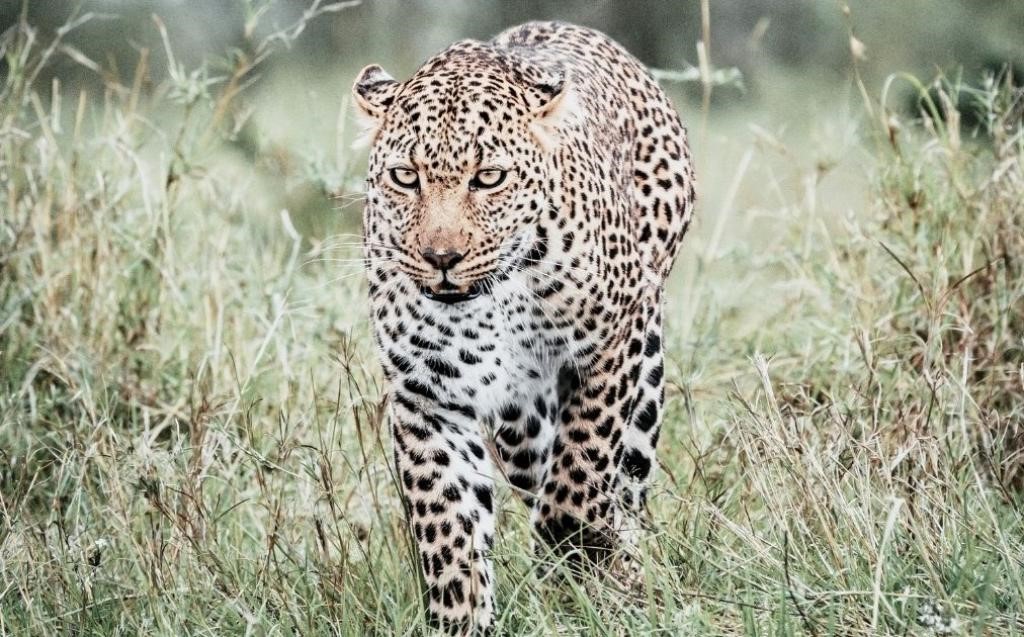





Disclaimer: Copyright infringement not intended.
Context
Details
About the Leopard
|
FACTS
|
Appearance
Distribution
Habits
Diet and Nutrition
Mating
Population threats
Status

Ecological niche
Fun Facts
|
PRACTICE QUESTION Q) Which of the following statements with reference to Leopard is/are correct? a. Leopard is classified on the IUCN Red List as a Vulnerable (VU) species. b. It is one of the five extant species in the genus Panthera. c. Black panthers are also leopards.
Correct Answer: 4 |







© 2025 iasgyan. All right reserved